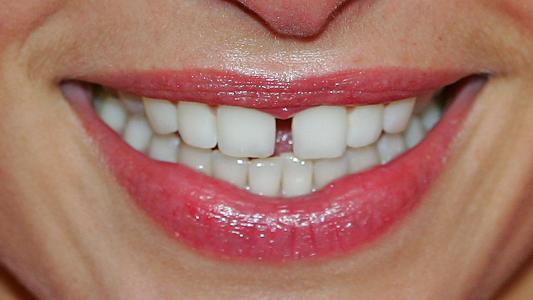This article is an installment of Future Explored, a weekly guide to world-changing technology. You can get stories like this one straight to your inbox every Thursday morning by subscribing here.
A treatment shown to functionally cure some people with hard-to-control “brittle” diabetes has finally been approved by the FDA — and if an advanced form of the therapy can clear trials, it could revolutionize how diabetes is managed worldwide.
“Brittle” diabetes
People with type 1 diabetes (T1D) don’t naturally produce enough (or any) insulin, the critical hormone that regulates blood sugar. This leads to dangerously high blood sugar levels, which can cause nerve damage, heart disease, or even death.
T1D patients must frequently check their blood sugar levels and inject synthetic insulin to control them.
Almost everyone with diabetes is able to manage their condition in this way, but about 0.3% of people with T1D have brittle diabetes. This subtype is characterized by blood sugar levels that frequently swing between too high (hyperglycemia) and too low (hypoglycemia).
As a result, people with brittle diabetes are at risk of all the same problems associated with untreated diabetes, as well as ones linked to hypoglycemia, such as dizziness, loss of consciousness, and seizures, which can lead to falls and injuries.
A functional cure
The FDA has now approved Lantidra, a brittle diabetes treatment that Chicago startup CellTrans has been developing since 2004.
The therapy contains groups of insulin-secreting cells, or “islets,” sourced from donated pancreases. When transplanted into a person with diabetes, the cells begin producing the insulin needed to regulate blood sugar levels.
That can minimize or even outright end the need for synthetic insulin.
Ten of the trial participants went for more than 5 years without needing insulin injections.
This technique, called “islet transplantation,” has been around since the 1980s, and some people who’ve undergone the procedure still don’t need synthetic insulin even 20 years later.
Despite being approved and covered by insurance in Australia, the UK, and several other nations, islet transplantation has been considered an “experimental” diabetes treatment in the US, which meant it could only be delivered as part of a clinical trial.
Now that the FDA has approved Lantidra, though, Americans with brittle diabetes will have easier access to the therapy.
“Today’s approval, the first-ever cell therapy to treat patients with type 1 diabetes, provides individuals living with type 1 diabetes and recurrent severe hypoglycemia an additional treatment option to help achieve target blood glucose levels,” said Peter Marks, director of the FDA’s Center for Biologics Evaluation and Research.
The risks
The FDA based its approval of Lantidra on the results of two small trials involving 30 people total with brittle diabetes. Each received a dose of the therapy through their liver portal vein, and depending on how their body reacted, an additional dose was sometimes administered.
Afterward, 11 of the participants went 1 to 5 years without any need for synthetic insulin, and 10 of them went for more than 5 years.
Immunosuppressant drugs put patients at higher risk of developing serious infections.
Lantidra failed to give five trial participants any days of insulin independence, though, and everyone who received it experienced at least one treatment-related adverse reaction, with the most common side effects that reached “severe” levels being nausea, fatigue, and diarrhea.
According to the researchers, these were likely due to the immunosuppressant drugs participants needed to take to ensure their immune systems wouldn’t attack the donated pancreatic cells, rather than being a direct result of the therapy or the transplantation procedure.
Those drugs put patients at higher risk of developing serious infections, too, so anyone thinking about using Lantidra to treat their brittle diabetes would need to weigh the benefits of the therapy against that risk.
The next level
The need for immunosuppression and a limited supply of donor pancreases have meant only those who really needed islet transplants could get them.
There’s reason to believe, however, that the therapy could one day functionally cure people with manageable T1D, too, and an in-development stem cell-based version of the therapy could make it more widely available.
The islets are encapsulated in a device that eliminates the need for immunosuppression.
Rather than sourcing islets from donor pancreas, Boston-based Vertex Pharmaceuticals has developed a way to derive them from stem cells, creating a virtually unlimited supply. In ongoing trials, those islets have reduced or eliminated patients’ need for synthetic insulin.
In March 2023, the FDA gave Vertex the greenlight to begin clinical trials of VX-264, an advanced version of the therapy in which the transplanted islets are encapsulated in a device that protects them from the recipient’s immune system, eliminating the need for immunosuppression.
That therapy still has many years of trials ahead of it, but if it clears all the regulatory hurdles, it could potentially make islet transplantation accessible to far more people with T1D — functionally curing countless people of the disease.
We’d love to hear from you! If you have a comment about this article or if you have a tip for a future Freethink story, please email us at [email protected].






